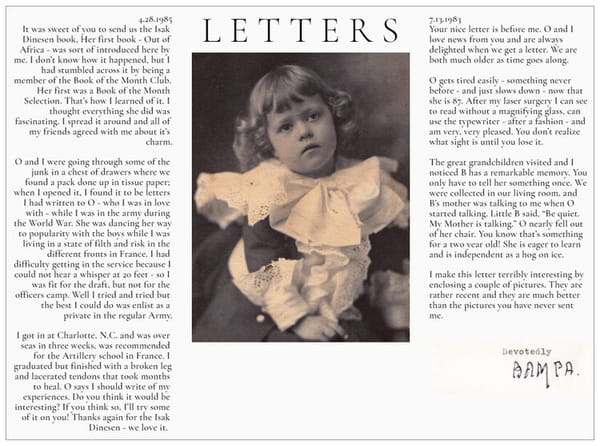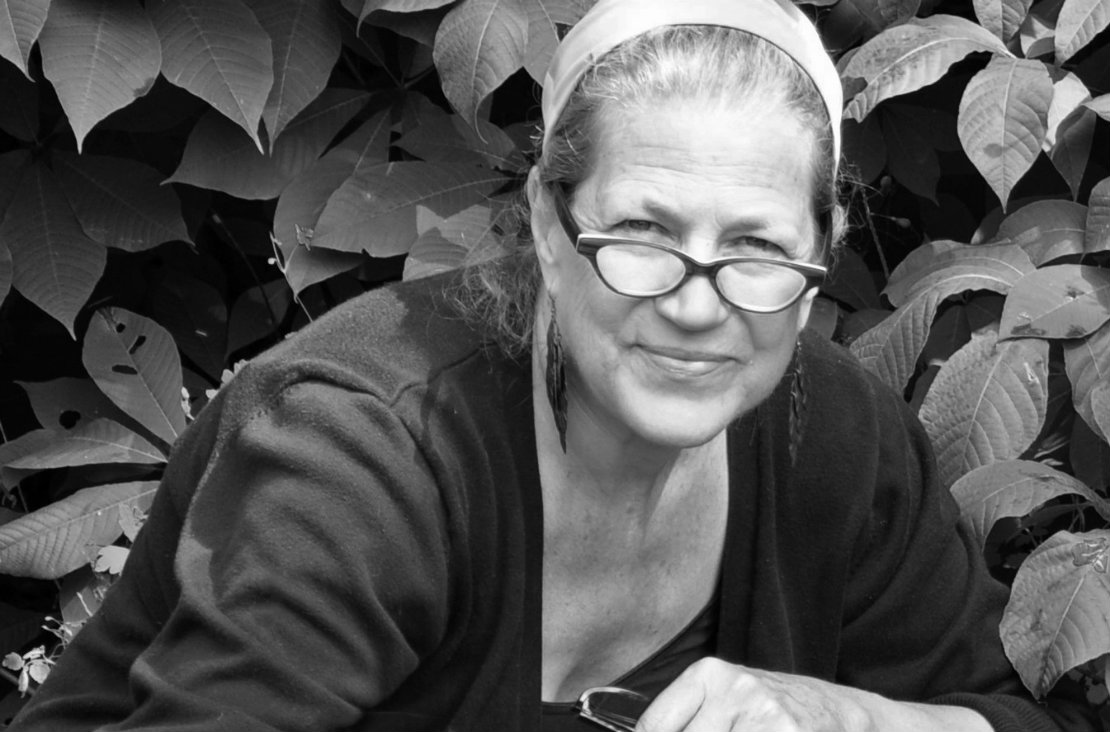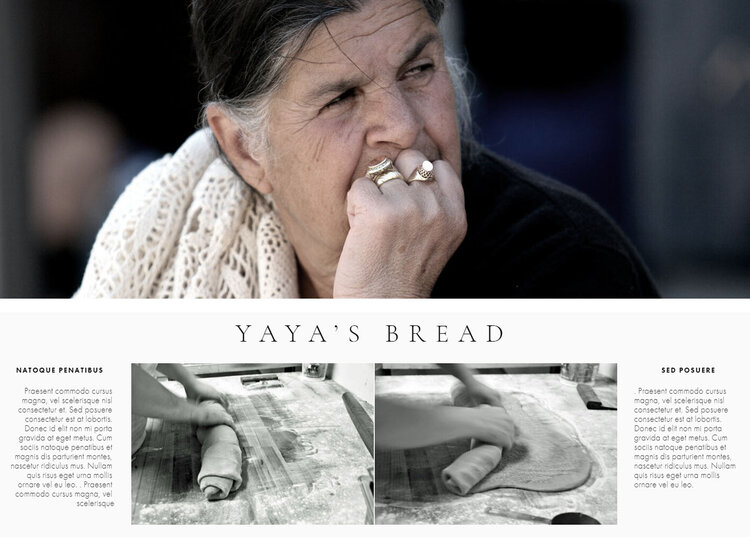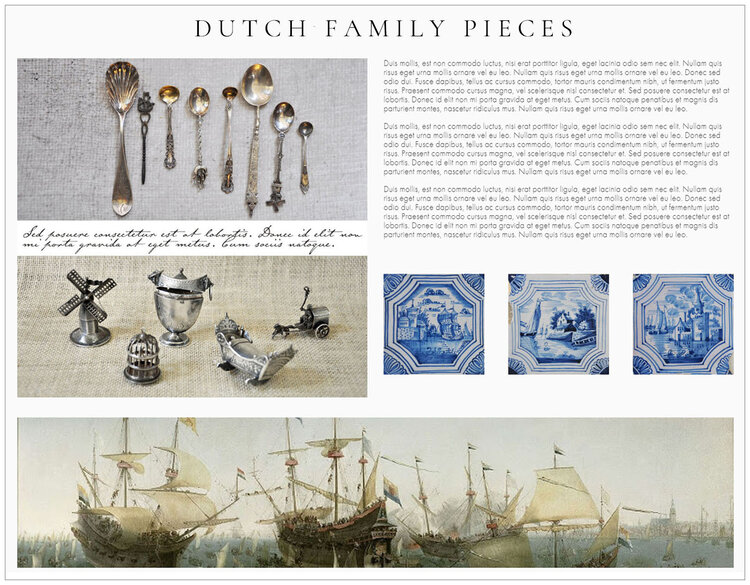Project Memoir: A Narrative of Your Life, In Digital Form
Caroline Alexander of Project Memoir is leading the evolution of memoir in digital format.

Caroline Alexander of Project Memoir is leading the evolution of memoir in digital format.

Project Memoir example
Caroline Alexander can help you create that memoir you’ve been meaning to write. But it won’t look, read or be published the way memoirs have for the last hundreds of years.
“There’s a whole new world of memoir that’s different from being locked in print,” says Alexander, a website designer who’s so much more than what that title conveys. The owner of Alexander Designworks has launched a new service called Project Memoir, leading the evolution of memoir in digital format. Alexander is the guide, and she may become a confidante along the way.
“In a print memoir, you can’t have streaming video or audio,” says Alexander, explaining the benefits of this new-fangled approach to leaving a legacy. “People can include things like articles, photos, and scans of handwriting and drawings, and can add to it at any time. It becomes an open form of memoir, a living document.”
With a background as a program guide and project developer for PBS and NPR stations in Alaska and New Jersey, Alexander realized that she could investigate other paths into content development. She moved to the Berkshires in 2005 and started the website Berkshire Food & Travel as a test to see if she could tell stories about the area. She then moved into another arena, audio, which added the intimacy of voice. Then she began building websites for creatives.
“I loved the process,” she says, “but more than anything I loved finding out about what the clients were seeking.”
Almost inevitably, these websites became very personal, and the relationships between client and designer developed. A client asked if she would do a personal site to communicate her thoughts and life experiences to her adult children and grandchildren. Project Memoir was born.
But how to start this kind of memoir? It’s a collaborative, thoughtful process, with Alexander as facilitator because, she says, while people have a sense for what they want, they don’t really know until they see it. Designer and client go through a series of interviews, taking a deep dive into complex layers of substance. You need time to build a digital memoir; the process might take months, and there is no deadline. Memories and ephemera are added as clients dig deeper.
“Project Memoir empowers the client and gives agency to their voice,” Alexander says. “They tell me what matters to them. Their photos, letters and drawings allow me to inject linear content in a place that’s not just about formal writing and archived photographs. Narratives, stories and compelling images portray a depth of persona that is authentic and intriguing."
As every client is different and has a unique story to tell, Alexander creates a “design fingerprint” — text and font layout and photographic style — that reflects the person’s story. The memoirist can be trained to edit the site independently, so it becomes an open form of memoir — a living document. Since privacy is a concern, each site is password protected so clients can maintain control of their audience.
There’s a reason you’ve kept all those photos, letters and scrapbook items, even if you weren’t sure what to do with them. Maybe now it’s time to mine them for your digital memoir. Which will be unlike anyone else’s.
“It’s the client’s voice,” Alexander says. “I’m just the weaver.”



